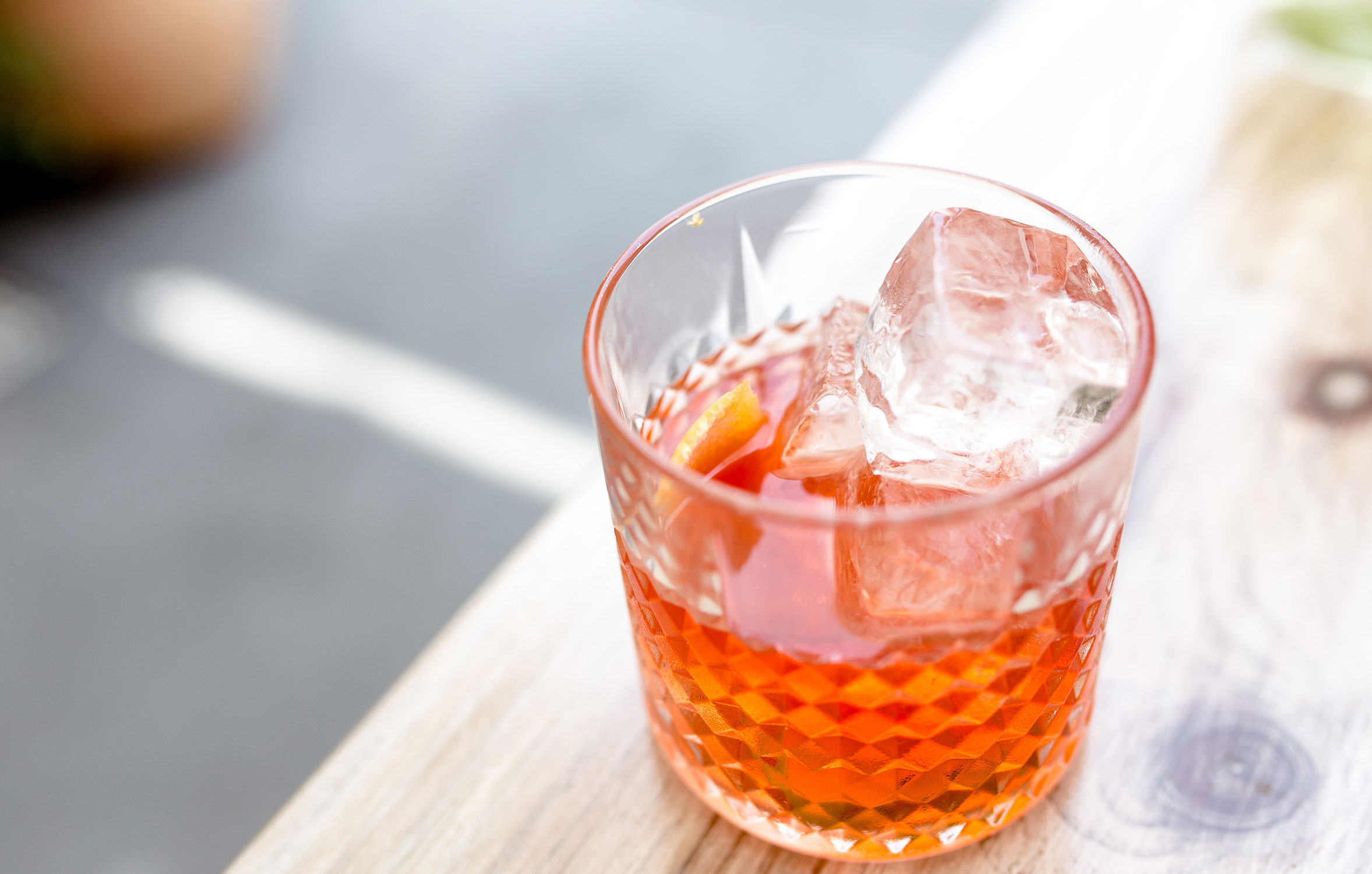This homegrown whiskey of USA has finally become one of the most famous alcoholic drinks around the nation. With so many distinct varieties available in the market these days, the inexperienced and novice drinkers can get quickly overwhelmed. This article is meant to provide a couple of general guidelines which will help to maximize one’s experience and enjoyment while trying out these beverages.
Read the label carefully
The first step that a rookie needs to learn is how to decode the labels. Bourbon is necessarily a very diverse category, and it is vital to comprehend what the words mean. For instance, one can look for the phrase straight bourbon. Straight means the manufacturer did not add anything to the product, neither the drink is adulterated, so things are pretty intrinsic.
The buyer should also look for the age mentioned on the label, though some distillers may choose to omit it. If it is from a new player in the market, it necessarily means that the bourbon will be on the younger side. The rule of thumb is that straight bourbon should be made to age for a minimum of two years. Here are a couple of labels to watch out.
Single Barrel Bourbon Whiskey
It means that this bourbon is obtained from a single barrel, and multiple barrels are not mixed for achieving a standardized flavor. These bottles cost way more than the blended ones.
Small Batch Bourbon Whiskey
This term can be found on the labels of many bottles, and it means that only a handful of bourbon barrels were blended. However, this term is not regulated strictly.
Straight Bourbon Whiskey
Bourbon whiskey made to age for a minimum of two years. It may be blended from various barrels or bourbon recipes.
Blended Bourbon Whiskey
A magical blend of whiskey and bourbon whiskey that is made up of a minimum of 51% bourbon whiskey. This product can contain non-bourbon whiskeys!
Blended Straight Bourbon Whiskey
A magical blend of straight bourbon whiskeys.
Bottled-In-Bond Bourbon Whiskey
It points to the fact that this product is manufactured by a single distillery, all from the same season, bottled at a minimum of hundred proof, and has been kept at a government-bonded warehouse for a minimum of four years.
Seek value
If someone is paying more than forty US dollars, then that person is probably doing it wrong. Of course, something like the collectors-only extra-aged Pappy Van Winkle can cost a fortune, but for starters, there are many affordable bourbons available aplenty. Wild Turkey One-O-One, Evan Williams, Henry McKenna, and J.T.S. Brown are pretty decent for the beginners.
Leave the shot glass
Though the flavors can be much different from Scotch whiskey, one should ideally sip it neat from a Glencairn glass, which is necessarily a curved vessel usually used for Scotch. Aroma does play an instrumental part in the bourbon experience. It is said that the bourbon drinker needs a glass that allows capturing the smell, nutty, caramel, etc.; to amplify the excitement and to prepare the rest of the senses. A shot glass will not do anything to enhance the experience, but a glass having a tapered top (to capture the aromas before funneling them upwards), and a broad base will do the trick.
Dilution is the solution
Water is not a dealbreaker when drinking bourbon. It is a myth that there is only a single way to consume this drink. The present trend for unfiltered, uncut, barrel-strength whiskeys necessarily means that most of the bourbons genuinely gain from some dilution. It reduces the heat and spice notes and allows the sweetness to become prominent.
Upgrade your ice
Bourbon has big and bold flavors. A little quantity of ice and water will not kill the taste. However, small and watery blocks of ice can dilute the spirit too quickly. For home users, silicone molds are recommended to freeze substantial chunks of solid ice that will chill effectively but will melt slowly.
Try an old-fashioned
There is no improper way to consume bourbon. The only unforgivable sin is not enjoying it while someone does it. An old-fashioned can sensitize people about the richness of the bourbon experience without drinking the beverage on its own. A little sugar, ice, and bitters can make the drink more palatable and can bridge the flavor profiles. The idea is to accentuate the flavors instead of masking them, and the classic Old Fashioned can do that beautifully.
Bourbon FAQ Sheet
All alkalies are bases, but all bases are not alkalies! All bourbon is essentially whiskey, though not all whiskey is necessarily bourbon!! Technically speaking, bourbon is a kind of whiskey highly regulated by the US government. To qualify for the label, it must satisfy the following criteria.
- Must be manufactured in the US
- Must be distilled to no more than one hundred and sixty proof, i.e., 80% ABV (alcohol by volume)
- The fermented grain mash should contain a minimum of 51% corn
- Must be preserved in brand new charred oak barrels
- Should not contain no more than one hundred and twenty-five proof, i.e., 62.5% ABV at the time of entering the barrel
Not all bourbons are made in Kentucky. However; for every hundred bourbons manufactured, ninety-five among the lot originate in Kentucky because limestone is required for filtration of water to obtain the highest quality bourbon and Kentucky happens to be abundant with limestones.
It is not permissible under the law to add any flavoring to bourbon, and all the flavors the drink contains come from the charring that happens on the brand new oak barrels. Some distillers are experimenting with excitingly new techniques when they finish the process of aging in brandy or sherry barrels. Any non-regulated and non-traditional methods will be explicitly mentioned on the label.
Bourbon is derived from grains that contain gluten. However, the distillation process should destroy all the gluten in-principle.
The volume of the bourbon increases into the wooden barrel, as the spirit is made to age in barrels, and it reduces again with the change in the temperature. Some bourbon is evaporated as it ages and it is known as the angel’s share. On the contrary, some bourbon is captured by the wood as it matures and it is known as the devil’s cut. For this reason, bourbons that are made to age for long can be pretty expensive, as there is much less bourbon inside the barrel for every bottle. The Jim Beam’s Devil’s Cut Bourbon is worth trying, and it is prepared from bourbon extracted from the barrel walls.
It is pretty standard to see an uncountable number of black barns in the Kentucky countryside. The distillation process of bourbon is solely responsible for the black residues that are found in nearby buildings and trees. Legend says that at the time of prohibition, the local people used to paint their barns black in order to hide the stills.

